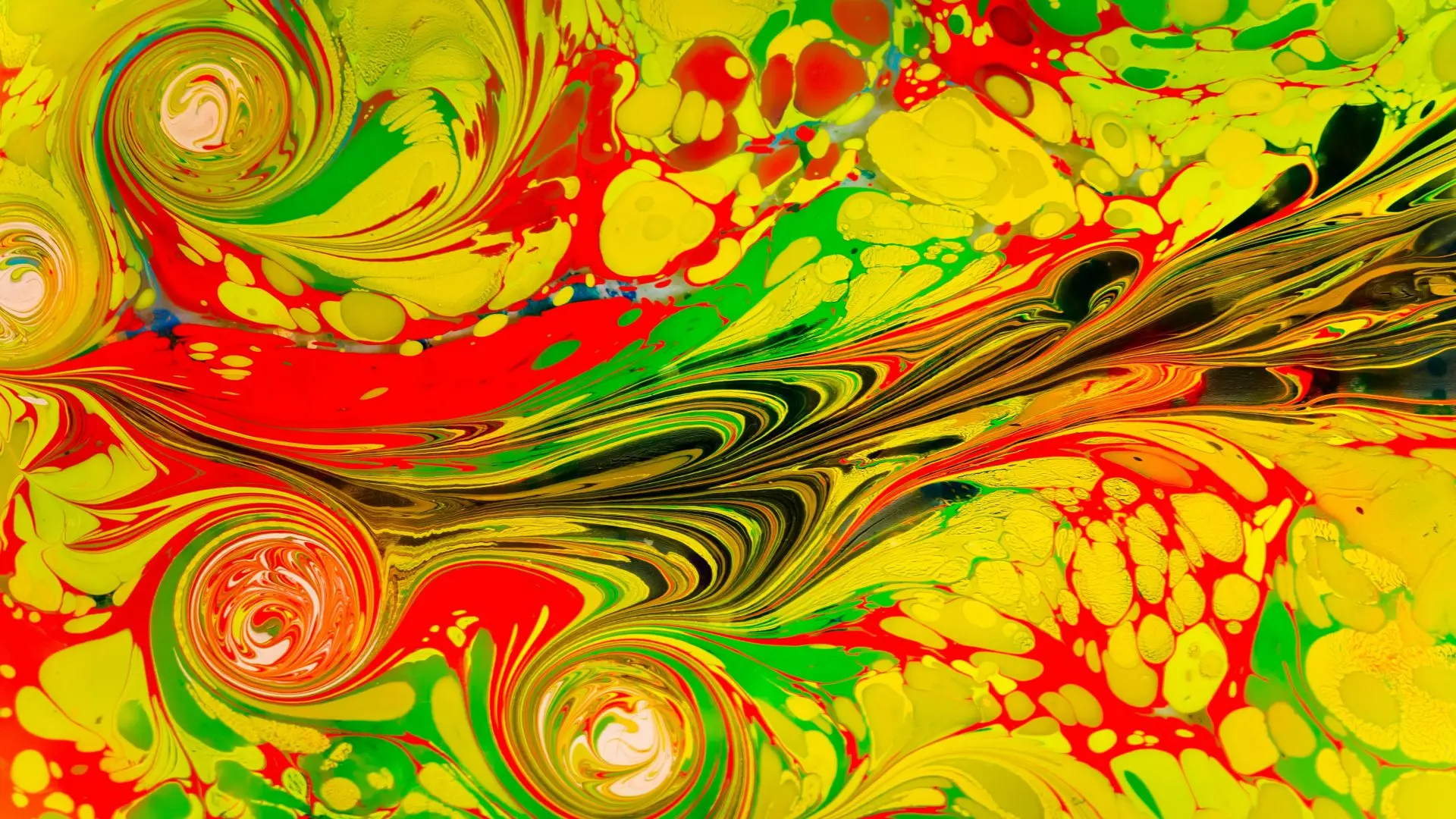Kava Kudos: Spiritual Toasts and Health Cheers

Looking for more amazing products? Check out our online store and explore our collection here! Happy shopping!
Before diving in, please note: This post is for informational purposes only. If you’d like to know more about how we approach topics, feel free to check out our friendly Disclaimer Page.
Hey there, amazing readers! 
We’re committed to delivering quality posts, and your support (even just sticking around despite the ads) means everything to us. So, bear with us, and thanks for helping us keep the good vibes rolling. Now, on to the fun stuff!
TRANSLATE BUTTON AT THE END OF THE ARTICLE
Overview
Kava, also known as Piper methysticum, is a plant native to the South Pacific islands.
It has been used for centuries by indigenous communities for its calming and sedative effects.
Kava is prepared by grinding the plant’s roots into a powder, which is then mixed with water to create a drink with relaxation properties.
In recent years, kava has gained popularity worldwide for its unique cultural significance, health benefits, and use in spiritual practices.
This article delves into the rich history of kava, its traditional uses and rituals, its cultural significance, health benefits, effects on the body, safety precautions, choosing the right kava product, preparing and serving kava, kava etiquette and customs, exploring kava varieties, and incorporating kava into your spiritual journey.
What is Kava?
Kava is a tropical plant belonging to the pepper family.
Its scientific name, Piper methysticum, translates to "intoxicating pepper." The plant has large heart-shaped leaves and can grow up to six feet tall.
The part of the plant used for kava preparation is the root, which contains active compounds called kavalactones.
These kavalactones are responsible for the plant’s soothing and calming effects.
The History of Kava
The history of kava dates back thousands of years to the South Pacific islands, particularly in Polynesia, Micronesia, and Melanesia.
The plant has played a significant role in the cultures and traditions of these islands.
The exact origin of kava is unknown, but it is believed to have originated in Vanuatu.
Legend has it that the plant was a gift from the gods to the people.
Kava was traditionally used for ceremonies, social gatherings, and medicinal purposes.
Traditional Uses and Rituals
In traditional South Pacific cultures, kava was consumed during important social and ceremonial events.
The drink was prepared by grinding the roots into a powder, mixing it with water, and straining it through a cloth.
Kava was often consumed in a communal setting, with participants drinking from a shared bowl called a "tanoa." The act of preparing and drinking kava was seen as a way to connect with ancestors, promote harmony, and foster a sense of community.
Kava’s Cultural Significance
Kava holds immense cultural significance for the people of the South Pacific islands.
It is considered a sacred plant and is deeply rooted in their traditions and belief systems.
Kava ceremonies, known as "tambu," are still practiced today and are seen as a way to honor ancestors, resolve conflicts, and strengthen social bonds.
The traditional rituals surrounding kava symbolize respect, unity, and spirituality.
Kava’s Health Benefits
Apart from its cultural significance, kava also offers various health benefits.
The plant has been used traditionally as a natural remedy for anxiety, stress, and insomnia.
The kavalactones found in kava have been shown to have sedative, muscle-relaxing, and anxiolytic properties.
This makes kava an alternative to pharmaceutical drugs for those seeking a natural way to relax and de-stress.
How Kava Affects the Body
When consumed, kava affects the central nervous system by interacting with various neurotransmitters in the brain.
It promotes the release of gamma-aminobutyric acid (GABA), a neurotransmitter that helps reduce anxiety and induce relaxation.
Kava also affects dopamine levels, contributing to its mood-enhancing effects.
The combination of these actions helps calm the mind and relax the body.
Explore the Path to Spirituality and Enlightenment – Start Here.
Safety Precautions and Side Effects
While kava is generally safe for consumption, it is important to exercise caution and follow recommended guidelines.
Some individuals may experience mild side effects such as dizziness, nausea, or upset stomach.
Prolonged and excessive use of kava can lead to rare cases of liver toxicity.
It is advisable to consult with a healthcare professional before using kava, especially if you have pre-existing liver conditions or are taking medications that may interact with kava.
Choosing the Right Kava Product
When choosing a kava product, it is essential to select a reputable brand that prioritizes quality and safety.
Look for products that are made from noble kava varieties, as they are considered to be of higher quality and have a better taste.
Consider purchasing kava from suppliers who provide detailed information about the origin, cultivation, and preparation methods of their products.
Additionally, opt for products that have been third-party tested for purity and potency.
Preparing and Serving Kava
To prepare kava, start by grinding the dried kava roots into a fine powder.
Mix one to two tablespoons of the powder with cold water, coconut milk, or another suitable liquid in a large bowl.
Knead the mixture by hand or using a straining bag to extract the kavalactones.
Strain the liquid into a separate container, discarding the remaining plant material.
Serve the kava in a traditional tanoa or a bowl, offering it to guests as a symbol of hospitality and friendship.
Kava Etiquette and Customs
When participating in a kava ceremony or gathering, it is important to observe certain etiquette and customs.
Respect the cultural traditions and rituals associated with kava, such as sitting cross-legged on the floor, accepting the drink with both hands, and drinking it in one gulp.
It is customary to clap once before receiving the cup and to say "bula" (or the equivalent greeting) before drinking.
Avoid insulting or disrespectful behavior, as kava ceremonies hold great importance to the communities that practice them.
Exploring Kava Varieties
Kava is available in various forms, each with its unique characteristics.
The two main types of kava are noble and non-noble varieties.
Noble kava is considered to be of higher quality, while non-noble kava may have undesirable effects.
Within noble kava, there are different cultivars that offer distinct tastes and experiences.
Some kava varieties are known for their calming effects, while others may have a more uplifting or euphoric effect.
Exploring different kava varieties allows individuals to find the one that best suits their preferences and desired effects.
Incorporating Kava into your Spiritual Journey
For those on a spiritual journey, kava can serve as a valuable tool for introspection, relaxation, and connecting with higher consciousness.
Many individuals use kava as part of their meditation or mindfulness practices, enhancing the calming effects of these practices.
Kava’s ability to induce a relaxed state of mind can aid in exploring one’s inner self, facilitating personal growth and spiritual development.
Incorporate kava into your spiritual journey by creating a peaceful environment, setting intentions, and using the drink mindfully to enhance your overall experience.
Conclusion
Kava holds a deep-rooted cultural significance and offers a range of health benefits.
This plant has been used for centuries in traditional practices, ceremonies, and social gatherings.
When consumed responsibly and in moderation, kava can promote relaxation, reduce anxiety, and aid in spiritual exploration.
It is important to approach kava with respect, following safety precautions and observing cultural customs.
By understanding the history, traditional uses, health benefits, and proper etiquette surrounding kava, individuals can fully appreciate its unique qualities and incorporate it harmoniously into their lives.

The Enlightenment Journey is a remarkable collection of writings authored by a distinguished group of experts in the fields of spirituality, new age, and esoteric knowledge.
This anthology features a diverse assembly of well-experienced authors who bring their profound insights and credible perspectives to the forefront.
Each contributor possesses a wealth of knowledge and wisdom, making them authorities in their respective domains.
Together, they offer readers a transformative journey into the realms of spiritual growth, self-discovery, and esoteric enlightenment.
The Enlightenment Journey is a testament to the collective expertise of these luminaries, providing readers with a rich tapestry of ideas and information to illuminate their spiritual path.
Our Diverse Expertise
While our primary focus is on spirituality and esotericism, we are equally passionate about exploring a wide range of other topics and niches 

To ensure we provide the most accurate and valuable insights, we collaborate with trusted experts in their respective domains 
Our blog originally focused on spirituality and metaphysics, but we’ve since expanded to cover a wide range of niches. Don’t worry—we continue to publish a lot of articles on spirituality! Frequently visit our blog to explore our diverse content and stay tuned for more insightful reads.
Hey there, amazing reader! 
Check out our store here and take a peek at some of our featured products below! Thanks for being awesome!















